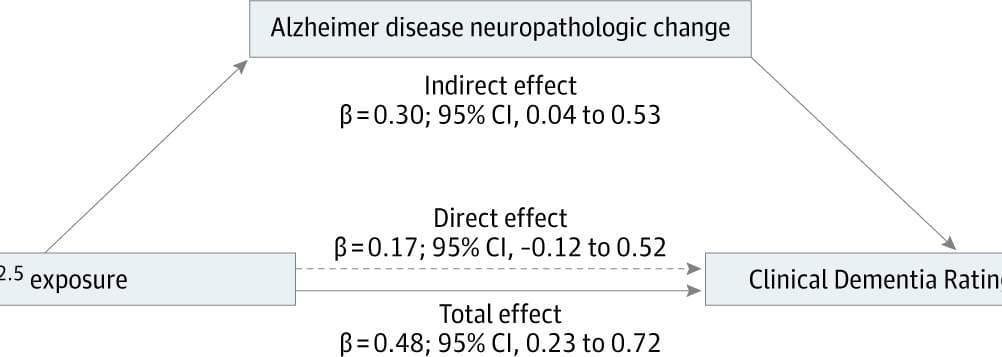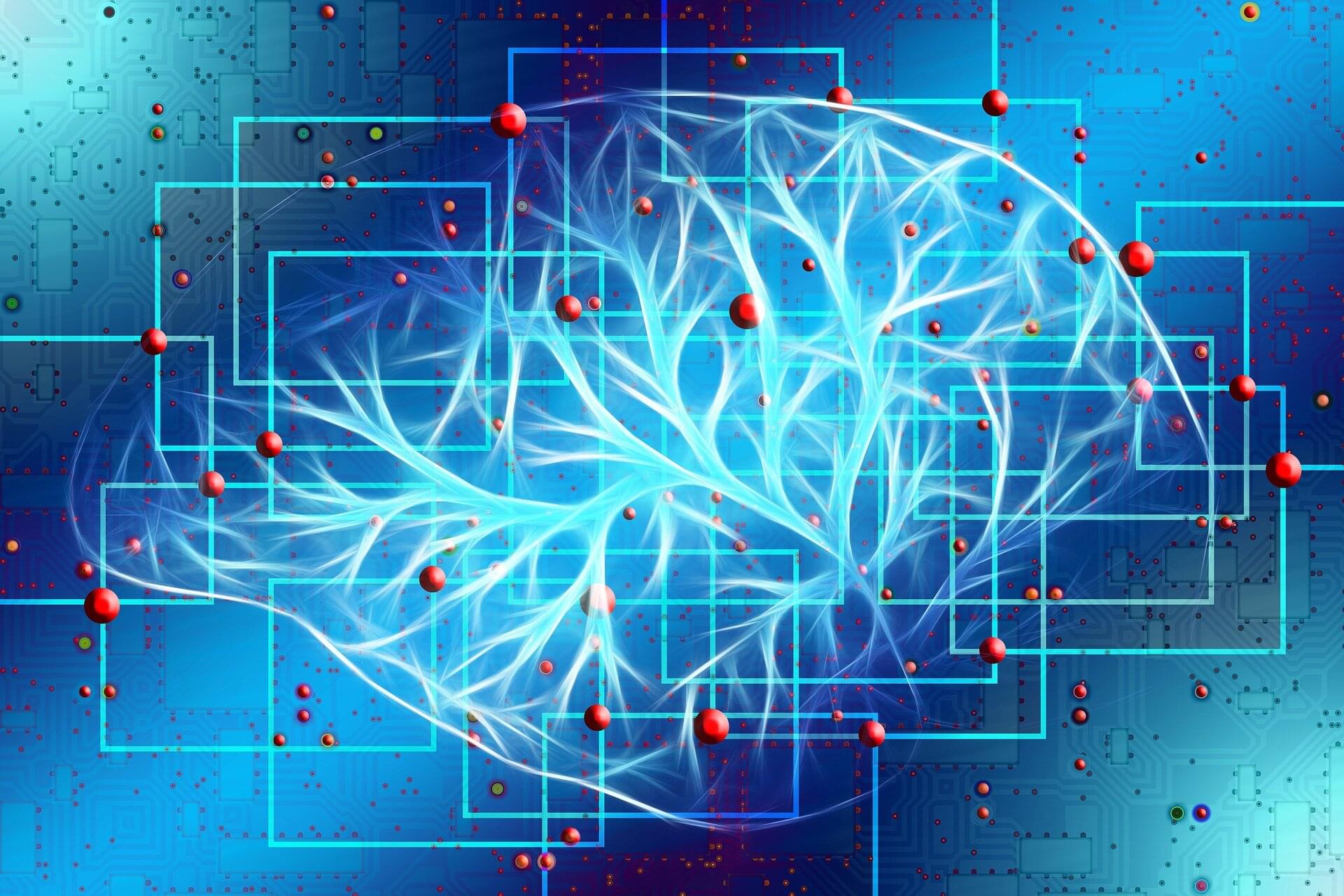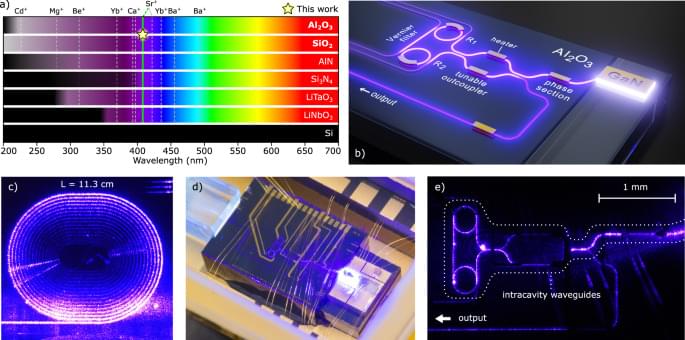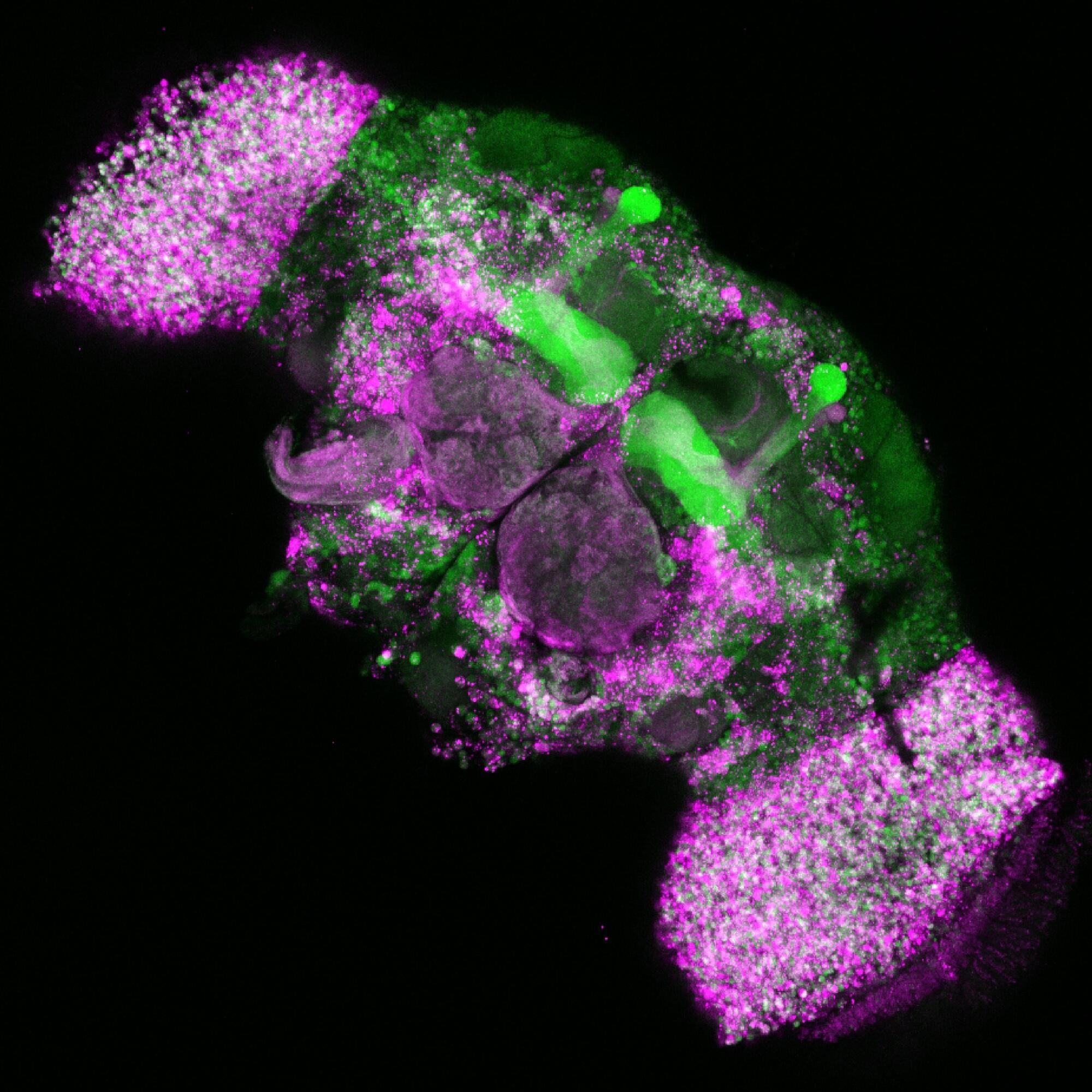We’ve built a world-class multidisciplinary team and raised $48M to tackle this problem.



Higher levels of fine particulate matter air pollution was associated with increased dementia severity and increased Alzheimer disease neuropathologic change.
Importance Exposure to fine particulate matter air pollution (PM2.5) may increase risk for dementia. It is unknown whether this association is mediated by dementia-related neuropathologic change found at autopsy.
Objective To examine associations between PM2.5 exposure, dementia severity, and dementia-associated neuropathologic change.
Design, Setting, and Participants This cohort study used data associated with autopsy cases collected from 1999 to 2022 at the Center for Neurodegenerative Disease Research Brain Bank at the University of Pennsylvania. Data were analyzed from January to June 2025. Participants included 602 cases with common forms of dementia and/or movement disorders and older controls after excluding 429 cases with missing data on neuropathologic measures, demographic factors, APOE genotype, or residential address.

Researchers at Karolinska Institutet in Sweden have identified a brain circuit that can drive repetitive and compulsive behaviors in mice, even when natural rewards such as food or social contact are available. The study has been published in the journal Science Advances and may contribute to increased knowledge about obsessive-compulsive disorder and addiction.
Both animals and humans can become stuck in certain behaviors, but exactly how this is regulated in the brain has been unknown. Now, researchers have been able to show that a specific nerve circuit in the brain can put behaviors into a kind of “repeat mode,” where mice continue to perform the same actions over and over again, even when there is no longer any reward.
The researchers investigated a neural circuit that runs from the nucleus accumbens, part of the brain’s reward system, to a region in the hypothalamus, which in turn is connected to the lateral habenula, an area that processes unpleasant experiences. By activating this circuit using optogenetics, a method in which nerve cells are controlled by light, the researchers were able to induce a negative state in mice that led to repetitive behaviors such as digging and sniffing—even when food or other rewards were available.

All of modern mathematics is built on the foundation of set theory, the study of how to organize abstract collections of objects. But in general, research mathematicians don’t need to think about it when they’re solving their problems. They can take it for granted that sets behave the way they’d expect, and carry on with their work.
Descriptive set theorists are an exception. This small community of mathematicians never stopped studying the fundamental nature of sets — particularly the strange infinite ones that other mathematicians ignore.
Their field just got a lot less lonely. In 2023, a mathematician named Anton Bernshteyn (opens a new tab) published a deep and surprising connection (opens a new tab) between the remote mathematical frontier of descriptive set theory and modern computer science.


#artificialintelligence
Agentic AI is a form of artificial intelligence that does more than just generate; it will act, reason somewhat, collaborate, and execute on its own. Agentic AI transforms its role from a limited tool to that of a collaborative coworker.
This shift affects various sectors, including cybersecurity, national defense, healthcare, key infrastructure, finance, supply chains, and corporate automation. Additionally, it accelerates the integration of robotics, neuromorphic systems, sensor-driven edge computing, and artificial intelligence.
Systems with the ability to plan and pursue goals characterize Agentic AI. IIt combines APIs and tools, engages with dynamic environments, makes decisions, uses reasoning, and continues to learn and adapt.

These images have been selected to showcase the art that neuroscience research can create.
As described by the authors: The cacophony voltage-gated calcium channel serves as the primary conduit for the calcium that triggers neurotransmitter release at countless synapses across the fruit fly (Drosophila) nervous system. To support this role at different synapse types, alternate splicing confers different biophysical properties upon cacophony. However, conventional techniques that might discriminate splice isoforms, such as antibodies, toxins, and pharmacological agents, are poorly suited for identifying splice isoforms across multiple neurons in a living nervous system.
This image demonstrates the transgenic expression of a bichromatic fluorescent exon reporter in most neurons of the fly brain. Green fluorescent protein (GFP) fluorescence was particularly bright relative to red fluorescent protein (TagRFP) in the α, β, and γ lobes of the mushroom body (MB), indicating a bias towards the inclusion of exon 11 at the expense of exon 10. Differences were also evident between neurons of the optic lobes.
Memo is trained on 10 million real-home routines collected from 500 families, giving it the intuition to handle unpredictable household chores.

The rapid expansion of large language models’ (LLMs) capabilities—including web search, code execution, data analysis and even hypothesis generation and experimental design—is outpacing critical reflection of how the technology fits into academic research.
This is the argument that Ricardo Vinuesa, an associate professor of aerospace engineering at U-M, and his co-authors made in the journal The Innovation.
Though they acknowledge that LLMs are helpful for generating a speedy first draft, adopting LLMs into every stage of the research process without proper guardrails creates risk of misconduct, such as data fabrication or biased experimental design.
